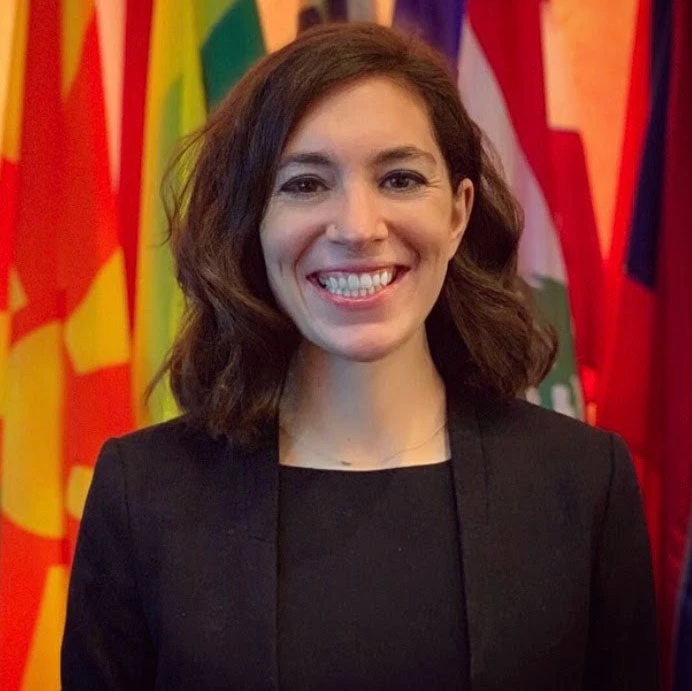 teacher
teacher
Averting the damage brought on by the coronavirus (COVID-19) pandemic requires an aggressive education policy response, which involves: i) coping during the crisis to reduce learning loss while schools are closed, ii) managing continuity of learning to promote learning recovery as schools reopen safely, and iii) using the crisis as an opportunity to improve and accelerate, making education systems stronger and more equitable than they were before. Countries now have an opportunity to build back better and must consider how best to help teachers not only cope through the crisis, but also become better equipped with the skills to succeed in the wake of it.
Phase 1: Coping
Amid an unprecedented closing of schools, education systems have responded by developing remote learning plans, which rely on multichannel strategies that combine different technologies (print materials, radio, TV, Internet, and/or mobile) and incorporate synchronous and asynchronous learning. Given these new modes of delivery, it is not surprising that many teachers are finding it difficult to navigate this new reality. Often, they are burdened with having to quickly adapt lesson content they designed to deliver in a physical setting to an online or remote format. The ability to instruct effectively depends on several factors, such as having the appropriate skills and capacity to adapt to the new context, while continuing to interact and effectively engage with learners and caregivers. To appropriately support teachers as they cope through this crisis, it’s crucial that remote learning plans acknowledge the unique constraints of home-based learning.
| How to help teachers cope from a distance: Provide actionable guidance for teachers. This should point to ways teachers can become content curators, and provide recommendations so that they do not overwhelm pupils with excessive lectures, lessons plans, and homework. In the U.S., Uganda, Brazil, France, and Ethiopia, this guidance includes easy-to-implement ideas so that teachers can adapt the content from remote learning plans for their needs. |
Phase 2: Managing Continuity
This crisis has shown that maintaining quality education is not only about hardware (technical infrastructure and connectivity), software (platforms), and content. It requires significant dedication from teachers, who are expected to maintain strong relationships with their students and deliver lesson content remotely, while also managing children’s learning and coping with the stress related to the pandemic. Simultaneously, education systems need to ensure that schools reopen safely, student dropout is minimized, and lost learning can start being recovered. Thus, ensuring a high-quality remote learning experience for all students is predicated on an education system’s ability to provide teachers with technological and pedagogical support to cope in the short term and remain resilient as we all adapt to the new normal.
But technological skills are not enough; simply replicating a lesson designed for an in-person class is ineffective for a remote audience. Teachers’ ability to instruct remotely requires a combination of technological and pedagogical skills. The technological skills cultivate an ability to teach effectively using information and communication technologies (ICT), rather than just training on use of the technology itself. Teachers must learn how to combine multiple modes of delivery (i.e. online, offline, and blended) to effectively facilitate learning.
It is critical to develop teachers’ digital pedagogical skills. These are the skills needed to critically assess and decide when and how to incorporate digital tools, and realistically define their impact to support or enhance learning. This is now more crucial than ever, as teachers who cannot effectively use technology may in the future be replaced (or displaced) by those who can.
| How to help teachers manage continuity from a distance: Create peer support programs to encourage connectedness and help teachers transition to remote teaching. To cultivate technological skills, volunteer teachers in Korea are paired with peers who have requested technological support to help plan for online lessons and provide guidance on how to adapt in-person content for a remote audience. Similarly, Estonia has set up an educational technology hotline that teachers can access if they have technological questions. In addition, Finland or Georgia have set up a network of teachers who are responsible for helping their peers integrate technology into their lessons. To cultivate digital pedagogical skills, hundreds of teachers from across the Teach For All network have joined “Teaching without Internet” WhatsApp groups. This group provides a medium for teachers to share strategies for supporting students who lack access to technology or connectivity (radio lessons to support teachers are also broadly adopted). Use online training to provide teachers with a short “crash course” on how to teach remotely, like this one developed by the United Arab Emirates. In Lebanon, the Ministry of Education and Higher Education is training teachers to use online collaboration tools to support classes and exchange information. Similar courses and webinars have been developed for teachers in the U.K., Canada, Mexico, or Italy. |
Phase 3: Improving and Accelerating
For teachers to take advantage of remote learning tools, it takes much more preparation, materials, and thought than education systems can prepare in a few days or weeks. With these limitations in mind, it’s important to think beyond how to support teachers and consider how the crisis can be an opportunity to enhance teachers’ skills before they return to the classroom.
As education systems emerge from this crisis, it is clear that a new chapter is waiting to be written with detailed medium- and long-term actions (e.g., increasing investments in remote learning, adopting blended models when schools partially reopen, or creating remedial e-courses), which can help educational systems build back stronger and become more equitable. As part of this process, it will be crucial to recognize the relevance of developing technological and digital pedagogies for a larger sector of teachers.
Countries will not be able to build back better unless they address these challenges. This will require increasing funding for teacher capacity-building (integrated into formal pre- and in-service teacher trainings) and not only diversifying and innovating the teacher training methods (e.g. virtual coaching) but also activating regular follow-up plans to support the skills developed, using both (remote) tutors and peers.
| How to help teachers accelerate and improve from a distance: Provide teachers with virtual coaching. In Lebanon, the teacher coaching, which is normally carried out in face-to-face sessions, is moving online.This innovation will start when schools resume to ensure teachers in hard-to-reach areas benefit as much as those in urban and more accessible locations. It’s important to caveat, for virtual coaching to work effectively, coaches should get guidance (and ideally training) on how to provide feedback remotely, as like teaching, coaching in person is quite different from coaching remotely. To supplement the support they receive from coaches, provide teachers with instructional videos. For instance, in Cambodia and India, rural teachers receive video lessons that exemplify the teaching of culturally relevant, curricula-aligned content using student-centered pedagogy. This gives teachers a model lesson to follow – similar efforts have been replicated throughout the developing world using interactive radio instruction. The support is interactive; using conference calls or social media, coaches facilitate group reflection and dialogue about the teachers’ pedagogical practices observed in the videos. Facilitate remote trainings that reinforce what teachers learned in previous face-to-face trainings. For instance, in Zambia, teachers and ministry representatives are being trained to become master trainers; they are divided into WhatsApp groups based on their geography. They are given a practical and hands-on video on a specific topic once a week through WhatsApp, and also have a conference call to facilitate a more in-depth discussion. |
The COVID-19 pandemic is a stress test for education systems all over the world, but it is also an opportunity to share lessons globally. Countries have responded in innovative ways, whether by rapidly mobilizing existing digital resources or by developing these resources from scratch. We’re curious to hear your success stories. Please reach out to Cristobal Cobo to share stories that have provided education continuity during crisis.
In case you missed it, please watch our latest event, Strengthening Teacher Effectiveness During COVID-19, featuring the World Bank’s new note (and blog) on key principles for ensuring teacher effectiveness during COVID-19.



Join the Conversation